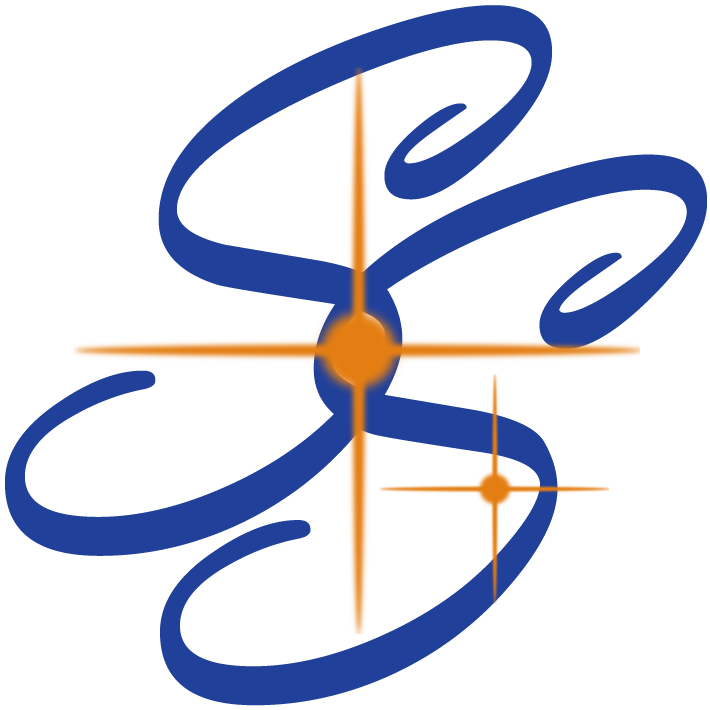About Me
G'day everyone my name is Dr Jacob Heppell. I'm a research scientist from Perth, Western Australia but grew up in country Victoria. Growing up in the country meant I lived under pristine dark skies but my equipment was limited to a good pair of binoculars, a star chart and a few astronomy books.
It wasn’t until I moved to Perth WA for work in 2016, after completing my PhD, that I looked into astronomy a bit more (the job part helped with that!). I dipped my toe in the water with an inexpensive six-inch Newtonian telescope for a bit of visual but quickly decided I wanted to go further so purchased an 8” goto dobsonain telescope (unlike the previous 6”, this telescope tracked the stars). Initially, I wasn’t intending to do astrophotography but when I attached my DSLR to the scope and saw the images, I was hooked! My moon mosaic was created with images from this telescope.

My beloved visual scope. The Skywatcher 8" goto dobsonian.
So, about a year down the track I decided that, if I’m going to continue with astrophotography, I need to buy a setup dedicated to this purpose. I really liked the Newtonian telescope format so decided to buy a Skywatcher 250 F4 Quattro, which was mounted on a NEQ6 equatorial mount.
Initially, I continued with the DSLR as dedicated astronomy cameras were beyond my initial budget at the time but with the emergence of an APS-C monochrome camera (QHY 268M), I decided it was time to ditch the DSLR and go the dedicated astronomy camera route. Of course, there have been many additions, upgrades and refinements to the setup over the years that have all added great value to the setup in one way or another.

My current astrophotography setup

Close up of the camera/filter system
Unfortunately, living in the inner suburbs of a capital city comes with a lot of light pollution, which limits backyard imaging to narrowband. Although every clear new moon weekend, I can be found at one of several dark-sky locations outside the city (1 to 2 hours drive) imaging deep-space objects that are otherwise impractical to image under light-polluted city skies.

Out at my dark-sky location with fellow astrophotographers.
A big thank you must also be extended to my wife for her support in this journey of discovery and for recognizing that I really needed to get a hobby! My two daughters have also enjoyed seeing the pictures I produce and love attending the odd astronomy evening I host at a nearby park for friends and locals. Never gets old seeing planets, nebulas, and star clusters though the dobsonian telescope.
